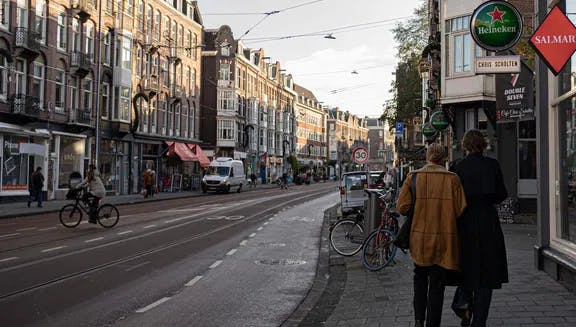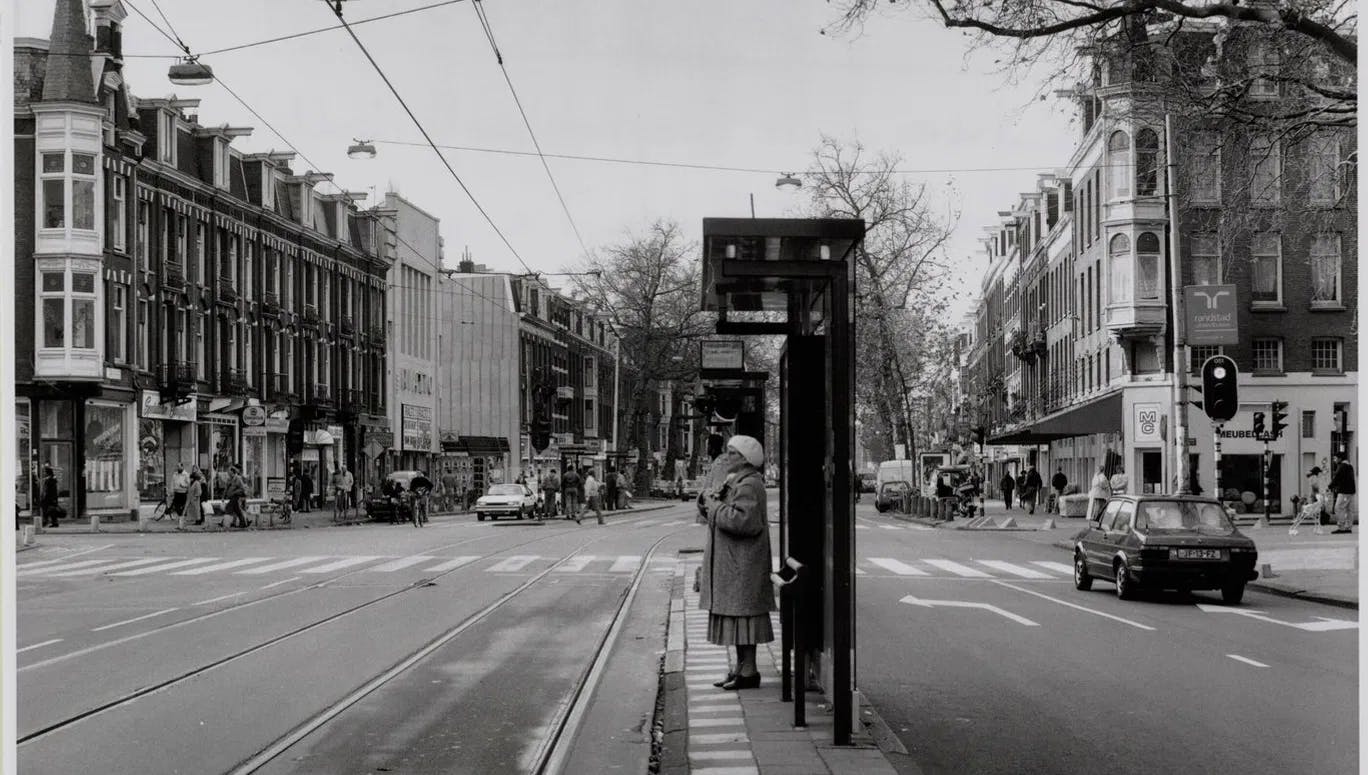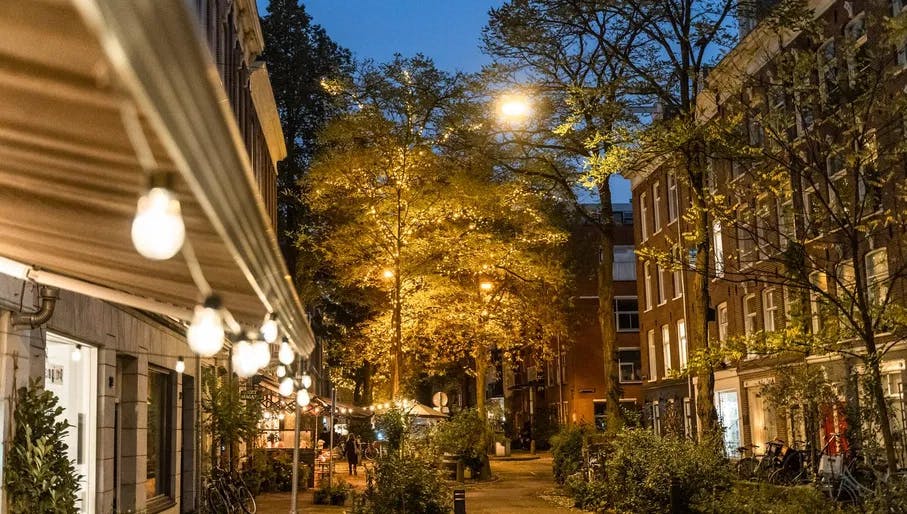
Things to do in De Pijp
10 July 2025



Like much of the area beyond the city’s canal belt, De Pijp was once no more than farmland. Rapid development during the Industrial Revolution swelled the city’s workforce, setting the stage for De Pijp’s hasty and haphazard rise. Drawn in by factories, like the Heineken Brewery on Stadhouderskade, labourers crowded into this emerging district, known affectionately as “the Pipe”—with its narrow, tightly packed streets thought to resemble industrial pipes. Workers’ apartments sprang up, modest compared to the stately homes on the canal belt, and often poorly constructed, with building collapses known to occur. De Pijp earned a reputation for being gritty and unpolished, a working-class neighbourhood with its fair share of crime and hooliganry. But it was also here that Dutch folk legend Andre Hazes made his home, and somewhat due to its rough-around-the-edges image, De Pijp became synonymous with the city’s true spirit: a tough but beautiful place, the beating heart of Amsterdam.
The neighbourhood transformed again in the early 20th century as affordable housing attracted artists, intellectuals, and bohemians. Remnants of this history linger, with many streets named for Dutch masters—Frans Hals, Gerard Dou, and, most famously, Ferdinand Bol.



No longer a hardy working-class enclave, in recent years, De Pijp has become a symbol of inner-city gentrification. Soaring real estate prices and an influx of trendy bars and restaurants have cemented its status, but despite this transformation, the neighbourhood keeps its bohemian charm. Minutes from the city centre but blissfully quiet, De Pijp has a special village-like feel, with a tight-knit community of residents fiercely protecting the neighbourhood’s interests.
Recent local initiatives have reshaped the streets, prioritising green spaces over parking spots and creating pedestrian-friendly areas. This thoughtful regeneration, spearheaded by the residents, shows just how important De Pijp’s community remains. This mentality can also be felt across the area’s shops and hospitality: its streets are lined with small boutiques and independent businesses that have been there for decades, like ‘t Kaasboertje, a beloved cheese shop selling every kind of cheese under the sun, or Wijnhandel van Krimpen, a local wine merchant that has been family-run for three generations—reminders that, despite the encroaching trendiness, De Pijp will always stay true to its roots.